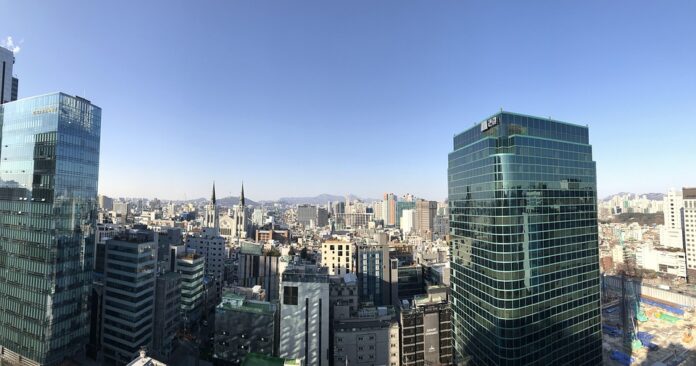Introduction
Zero liquid discharge (ZLD) systems have become increasingly important for water-intensive food operations in recent years. These systems are designed to treat and recycle wastewater, ensuring that no liquid waste is discharged into the environment. In this report, we will explore the benefits of ZLD systems, their financial implications, and some key industry insights.
Benefits of Zero Liquid Discharge Systems
1. Environmental Impact
One of the main benefits of ZLD systems is their positive impact on the environment. By treating and recycling wastewater, these systems help reduce the amount of water pollution and protect natural water sources from contamination. This is especially important for food operations, which can generate large volumes of wastewater containing organic matter and other pollutants.
2. Cost Savings
Implementing a ZLD system can also lead to significant cost savings for food operations. By recycling water and recovering valuable by-products, companies can reduce their water consumption and disposal costs. Additionally, some governments offer incentives or subsidies for businesses that invest in sustainable water management practices, further reducing the overall cost of implementing a ZLD system.
3. Regulatory Compliance
With increasing regulations on water usage and discharge, ZLD systems help food operations comply with environmental standards and avoid costly fines. By treating wastewater to a high standard and eliminating liquid discharge, companies can ensure that they are meeting regulatory requirements and operating in a sustainable manner.
Financial Implications of Zero Liquid Discharge Systems
1. Initial Investment
While implementing a ZLD system can lead to long-term cost savings, there is an initial investment required to install and commission the system. The cost of a ZLD system can vary depending on the size of the operation, the level of treatment required, and the technology used. On average, the initial investment for a ZLD system in a food operation can range from $500,000 to $2 million.
2. Operational Costs
In addition to the initial investment, there are ongoing operational costs associated with running a ZLD system. These costs include energy consumption, maintenance, and monitoring expenses. The operational costs of a ZLD system for a food operation can range from $50,000 to $200,000 per year, depending on the size and complexity of the system.
3. Return on Investment
Despite the initial and operational costs, many food operations see a positive return on investment from implementing a ZLD system. The cost savings from reduced water consumption, lower disposal costs, and potential revenue from by-product recovery can outweigh the upfront expenses over time. On average, companies can expect to recoup their investment in a ZLD system within 3 to 5 years.
Industry Insights
1. Leading Companies
Several companies in the food industry have successfully implemented ZLD systems to improve their sustainability and reduce their environmental impact. For example, Nestle, a global food and beverage company, has invested in ZLD technology at several of its production facilities to minimize water usage and ensure compliance with regulations. Other leading companies in the industry, such as PepsiCo and Danone, have also adopted ZLD systems as part of their sustainability initiatives.
2. Market Trends
The market for ZLD systems in water-intensive food operations is expected to grow significantly in the coming years. As companies face increasing pressure to reduce their water footprint and improve their environmental performance, the demand for ZLD technology is projected to rise. According to industry reports, the global market for ZLD systems in the food industry is expected to reach $1.5 billion by 2025, with a compound annual growth rate of 8%.
3. Challenges and Opportunities
While ZLD systems offer numerous benefits for food operations, there are also challenges to consider. Some of the main challenges include high capital costs, technical complexity, and the need for skilled personnel to operate and maintain the systems. However, these challenges also present opportunities for companies that specialize in ZLD technology to provide innovative solutions and support services to the food industry.
In conclusion, Zero liquid discharge systems play a crucial role in improving the sustainability and environmental performance of water-intensive food operations. By treating and recycling wastewater, these systems help companies reduce their water footprint, save costs, and comply with regulations. While there are financial implications and challenges associated with implementing ZLD systems, the long-term benefits and market opportunities make them a valuable investment for the food industry.




